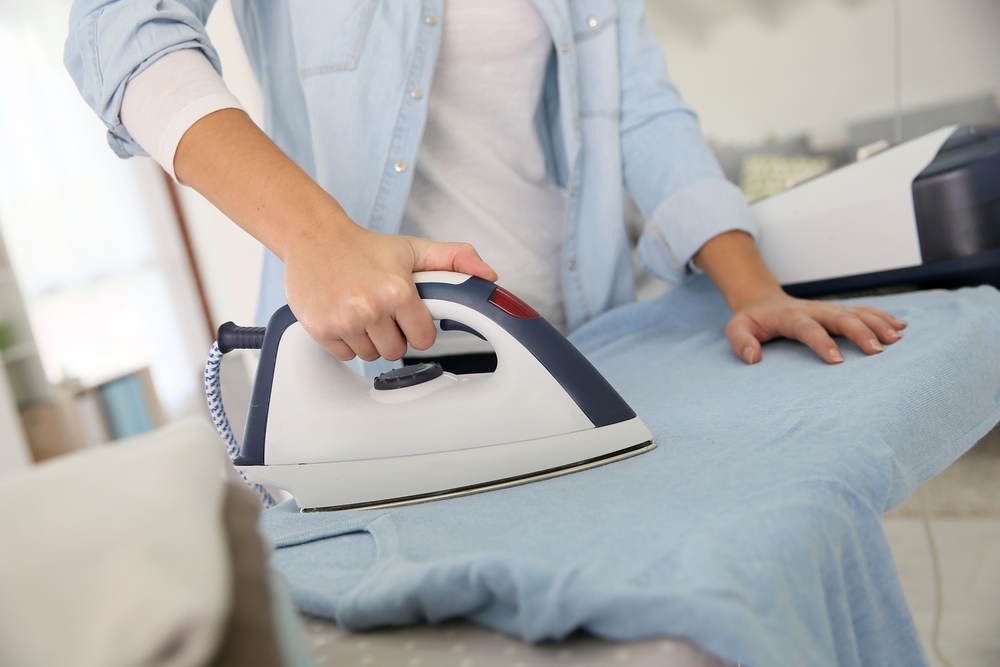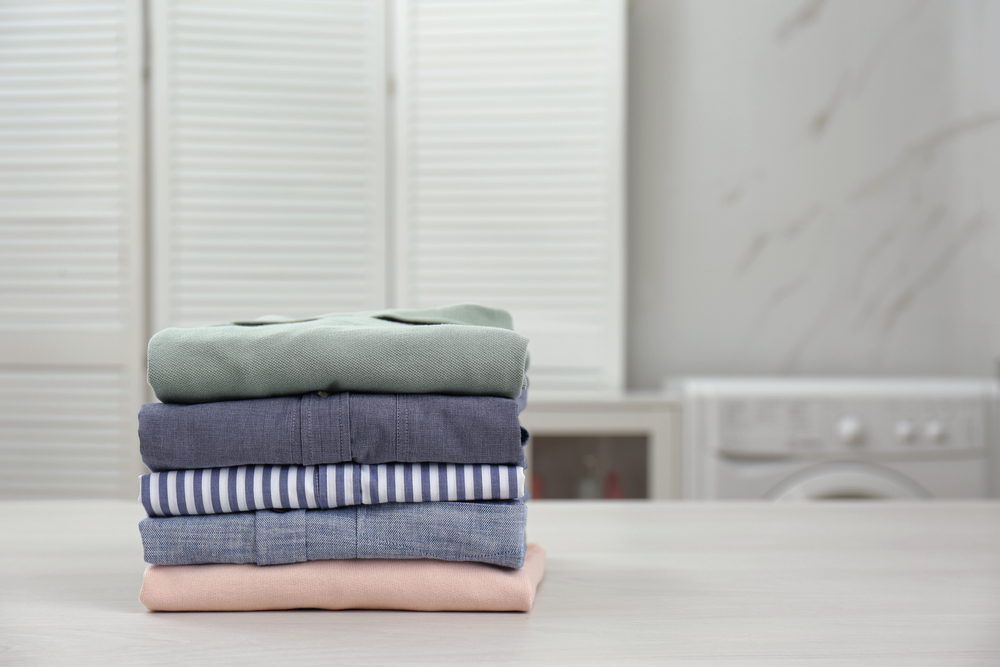
What Is the Difference Between Ironing and Steam Ironing?
In this article, we will settle the great debate of ironing vs steaming, as it’s something we get asked about frequently. If you want to know if there is a better ironing alternative, you will likely consider steaming as an option for your garments and household fabrics.
Walking around with creased clothing may be tempting if you are not a laundry fan, but unfortunately, it’s the worst thing you can do for items. From losing their shape to harbouring bacteria and germs, ironing and steaming provide many benefits, with the argument not being whether or not you should remove creases but how, for many, the option of steamer or iron can be a difficult one if you are not armed with the laundry facts.
Keep reading to learn the differences between steaming and ironing and which option is best for your much-loved fabrics.
What Is Ironing?
Before we jump into the differences, it’s essential to understand how both tools work to achieve fresh and pressed clothing. Let’s start with the humble household iron.
The iron’s history dates back to 400 B.C., when the oldest version of the tool was used in ancient Greece. Whilst the days of the manual heating of the iron plate are behind us, the concept remains the same. Irons press the material using a heating element to return the fibres to the intended position. This should always be done using some form of dampness, as it’s the best way to treat items carefully.
The combination of heat and weight allows the iron to remove creases and allow fabrics to be perfectly pressed. In the modern market, irons come in all shapes and sizes. It should also be noted that industrial versions, such as the ones we use, offer more settings for improved results.
How Does Steaming Work?
Steamers might seem like a tool just used in fashion houses or the movies, but we can assure you they are very effective for removing creases from a wide range of fabrics. Available in different forms, such as handheld or freestanding, steamers work by treating creased areas with a moist blast of warm air.
The Differences Between Ironing and Steaming

Now for the reason you are here, what are the main variations between ironing and steaming items? We have broken it down into four categories to help you understand the differences in detail.
Effectiveness of Crease Removal
There is no denying that steaming and ironing both remove creases, but it should be noted that the effectiveness can vary depending on the tool being used.
Steamers work to relax clothing and remove wrinkles. This is effective on almost all fabrics but can take longer to achieve as it is classed as a gentler approach to the task. You may find that the area needs to be treated multiple times before a perfect finish is achieved, especially for tough creases.
Irons can be more complex to use and get right but can be more effective at removing creases than a steamer when used correctly. If you can’t remove a crease from a shirt or have a tough wrinkle to remove from trousers, an iron is likely your best friend. This is because the weight and heat work together to quickly remove creasing. However, on the slip side, it should be noted that the item could end up more creased if the right temperature or underneath surface is not used when ironing.
In summary, a steamer works well for light fabrics or slight creases, but you may want to reach for the iron if you want something harder.
Suitability for Different Materials
Steamers work to tackle creases from a distance, so if you have a more delicate fabric, they are perfect to use. This means that all fabrics can be steam-treated. You may just find that more robust materials require additional steaming to create the same effect as if it had been ironed.
Irons, however, cannot be used for all fabrics, so it’s essential to always read the care label. Furthermore, the irons’ heat and steam settings must be correctly chosen, as getting this wrong will lead to an issue far greater than a crease.
Ease of Use
Another difference is how simple it is to use the tool. Steamers are relatively easy to use. All you need to do is hang the item and move the tool across the fabric surface for a treatment.
When it comes to ironing, it certainly is the case that practice can make perfect. The settings can be more complex, and the processes to iron each item are slightly different if you want to achieve the best results. However, ironing is attainable for everyone with an understanding of your garment and the right set-up.
Tools and Equipment Required
The last main difference between ironing and steaming is the tools needed to do the job.
Steaming is simpler if you don’t want to spend money on other accessories. You also don’t need much space to steam as the item only needs to be hung for its crease removal.
Ironing requires some extra considerations due to the nature of how irons work. As well as a quality iron, you will also need an ironing board, water misting tools and ironing solutions such as fabric sprays. Of course, you can iron without some of these, but comparing a steamer in that sense is almost unfair as the results will not be the same.
Is Ironing or Steaming Better?
Now you have read the main differences and found out a bit more about the processes, are you leaning towards one option over the other?
In our opinion, both ironing and steaming work well at removing creases. However, some considerations you will need to think about when choosing are as follows:
- What fabric are you treating?
- How set-in is the crease?
- What space and equipment do you have?
- How quickly do you need the item to be treated and how many other fabrics need to be looked at in the same laundry session?
If you don’t mind spending some extra time and attention on the chore and have less items to treat, steaming is a great option. It’s also handy if you are treating delicate items such as statins or suits.
Ironing could be seen as the better option if you have more items and tougher wrinkles as it offers a speedier and more targeted approach to the task of crease removal. Furthermore, if you need to often treat more robust fabrics or are looking for a defined shape, such as pleats in a skirt, ironing could be the best option for you. This is the reason that most people tend to try and find a laundry service that includes ironing as it is sometimes seen as the more popular option.
Ironing Services From Love2Laundry

At Love2Laundry, we offer professional ironing services that cover all clothing garments and other household items such as bedding and towels. Ironing services can typically cost between £12-£15 per hour but we offer competitive pricing which starts from just a couple of pounds per item.
Available to book in just a few clicks, our ironing services follows these steps:
- Choose your service along with the collections and return details.
- Our team then collects the items using our eco-friendly vehicle fleet.
- Once our laundry experts receive the items, they will be able to separate according to ironing requirements and proceed to treat. This might also include a washing and dry cleaning service if that is what you have chosen.
- Items are then quality checked and returned back to you in ready-to-wear condition. All you have to do is hang them in your wardrobe and enjoy the time saving you have experienced!
Click the link to get started on ironing services near you.




